Personalized metal...
Characteristics and advantages of tinplate packaging containers
Tinplate is the common name for electro-tinned sheet steel, which refers to cold-rolled low-carbon sheet or steel strip plated with commercial pure tin on both sides, also called tin-plated iron. Tin mainly plays a role in preventing corrosion and rust. It combines the strength and formability of steel with the corrosion resistance, solderability and beautiful appearance of tin in a single material. It has the characteristics of corrosion resistance, non-toxicity, high strength and good ductility. Tinplate packaging boxes are often seen in daily life, and they are widely used in food, medicine, and chemicals.
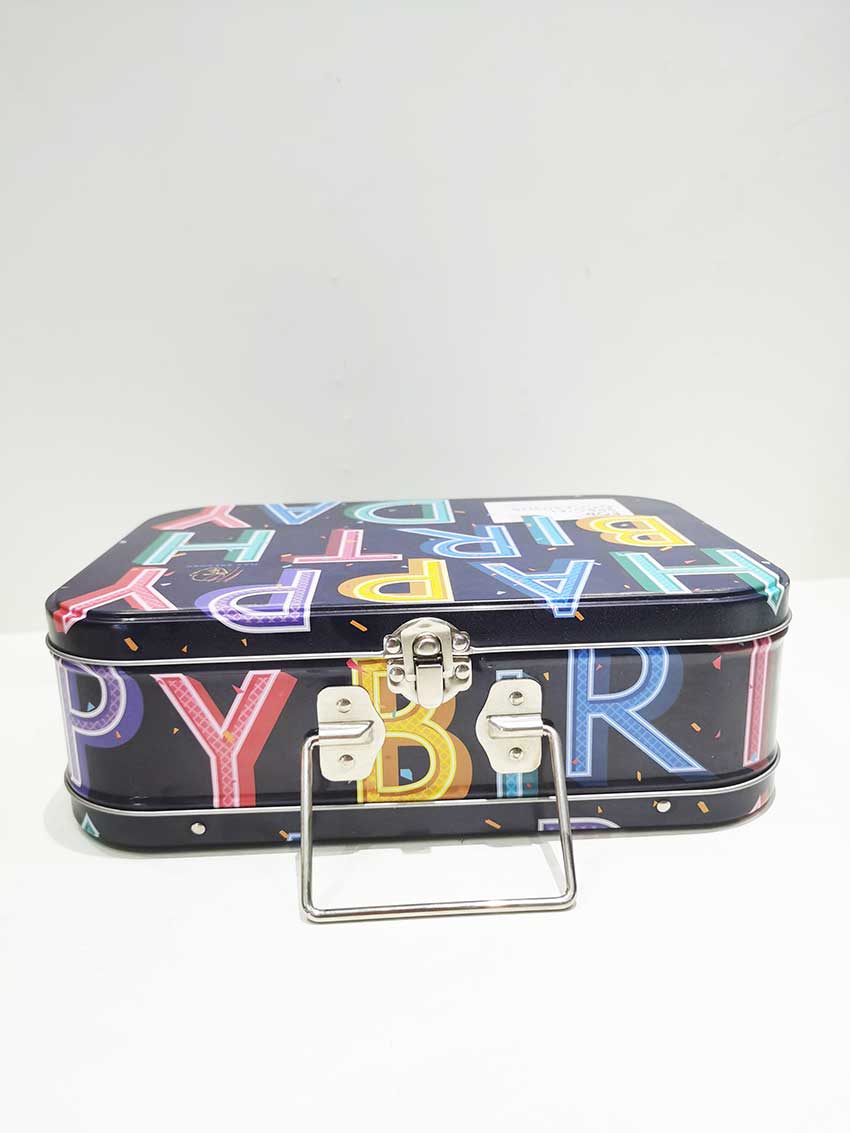
The advantages of tinplate packaging containers
1. The opacity of tinplate packaging containers
In addition to the deteriorating reaction of food, light can also cause changes in protein and amino acids. Vitamin C is more likely to interact with other food ingredients when exposed to light, resulting in a large amount of loss. According to research and analysis, the loss of vitamin C in transparent glass bottled milk is 14 times higher than that of dark bottled milk. Light can also produce oxidative odor, and the nuclides, methionine, etc. will be cracked to lose nutritional value. The opacity of tinplate makes the preservation rate of vitamin C the highest.
2. Good tightness of tinplate packaging container
The barrier properties of packaging containers to air and other volatile gases are very important for the preservation of nutrients and sensory quality. Comparison of various juice packaging containers proves that the oxygen transmission rate of the container directly affects the browning of the juice and the preservation of vitamin C; the low oxygen transmission rate of tinplate cans, aluminum cans, and cartons are better for the preservation of vitamin C. Tinplate cans are the best.
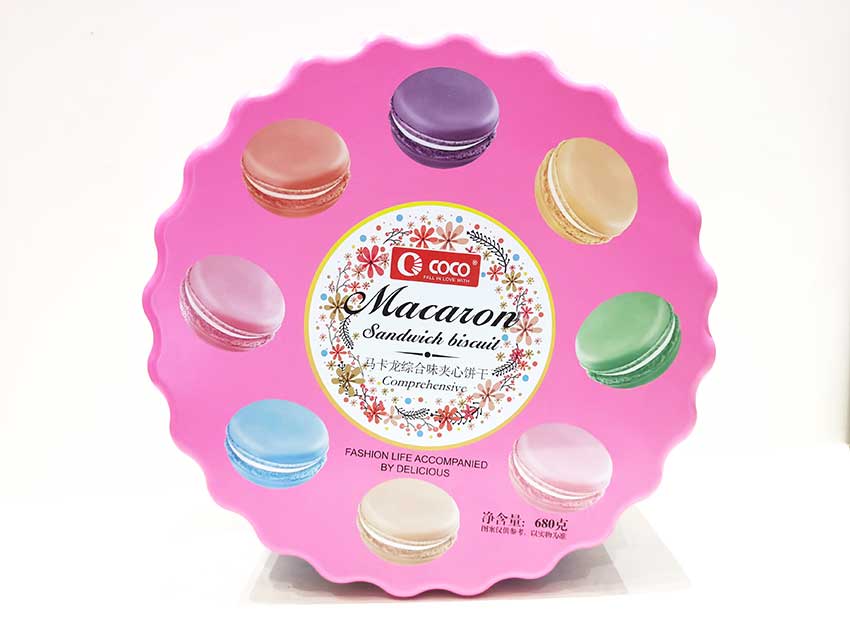
3. Reduction effect of tin coating on tinplate packaging container
The tin on the inner wall of the tinplate interacts with the oxygen remaining in the container during filling, reducing the chance of food ingredients being oxidized. The reduction effect of tin has a good preservation effect on the flavor and color of light-colored fruits and juices. Therefore, juice cans packed in unpainted iron cans have better nutrition preservation than juice cans packed with other packaging materials, and the brown change is slight. The flavour quality is better accepted, and the shelf life is thus prolonged.
4. Tinplate packaging containers provide a source of effective iron
Tinplate canned foods, except for a few light-colored fruit and juice cans, mostly use internally painted empty cans to improve the corrosion resistance of the container; due to the electrochemical effect of metal, there will be a small amount of painted canned food in storage The iron dissolves in the form of divalent iron in the sealed canned food, which is easily absorbed by the human body. The content is about 1 to 10 ppm. For fruit and vegetable products, the raw material itself does not contain much iron. A 350 ml beverage can with an iron content of 5 ppm can provide 1.75 mg of iron per can, which is about one-tenth of the daily intake of 18 mg by the human body. If the above-mentioned fruit and vegetable juice beverage cans are rich in vitamin C, iron is more easily absorbed. Therefore, iron canned food and beverages can be a good source of iron, which is of far-reaching significance for the nutrition of iron canned foods. Because of these properties, the tinplate container provides a closed system that completely isolates environmental factors in addition to heat. The color-resistant food will not deteriorate due to light, oxygen, and moisture, and will not fade due to the penetration of aroma or be affected by environmental odors. The food storage stability is better than other packaging materials. The preservation rate of vitamin C is the highest, and the preservation of nutrients is also the best.
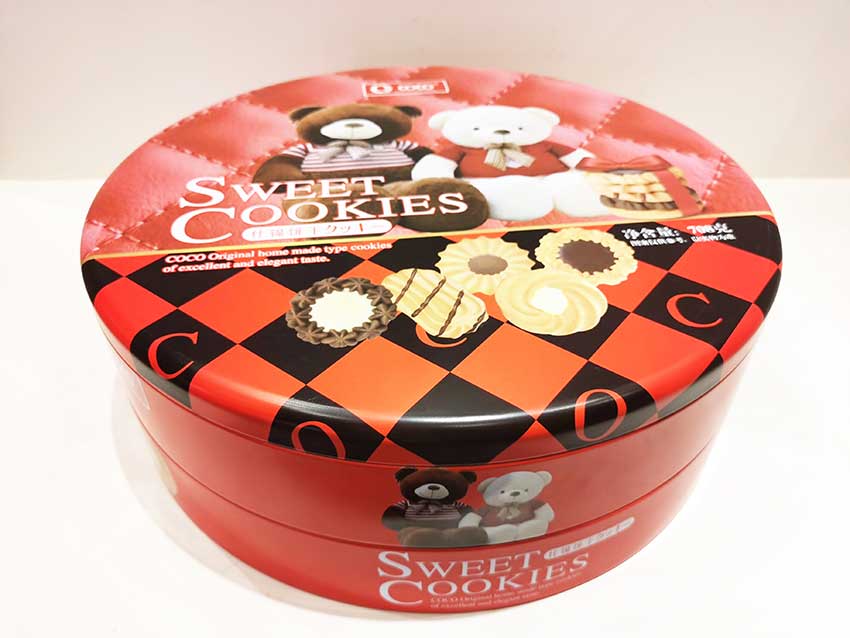
5. The tinplate packaging container looks exquisite
The tinplate can has good printing performance, bright and eye-catching patterns, and the packaging container is just right. It belongs to high-quality sales packaging.
6. Surface decoration performance of tinplate packaging container
The tinplate packaging container has good surface decoration performance, bright metal luster, and colorful graphic printing, and metal processing technology to form a good tin box image.
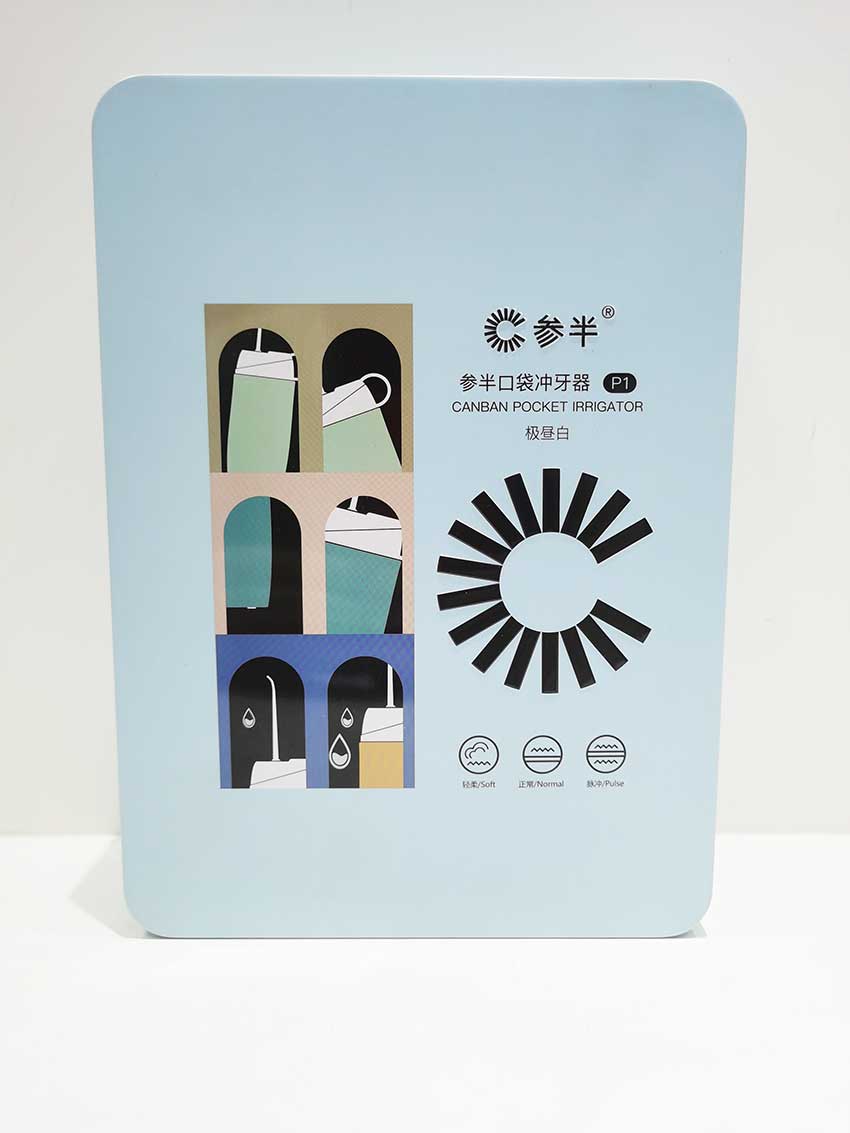
7. Tinplate packaging container has high metal strength
The tinplate packaging container has high metal strength and is not easily deformed for loading and unloading, transportation, storage and other links. It can well protect the inner packaging glass bottle, reduce loss and reduce costs.
8. Tinplate packaging containers are environmentally friendly
The tinplate packaging container is environmentally friendly, which can be decomposed naturally or recycled and reused.
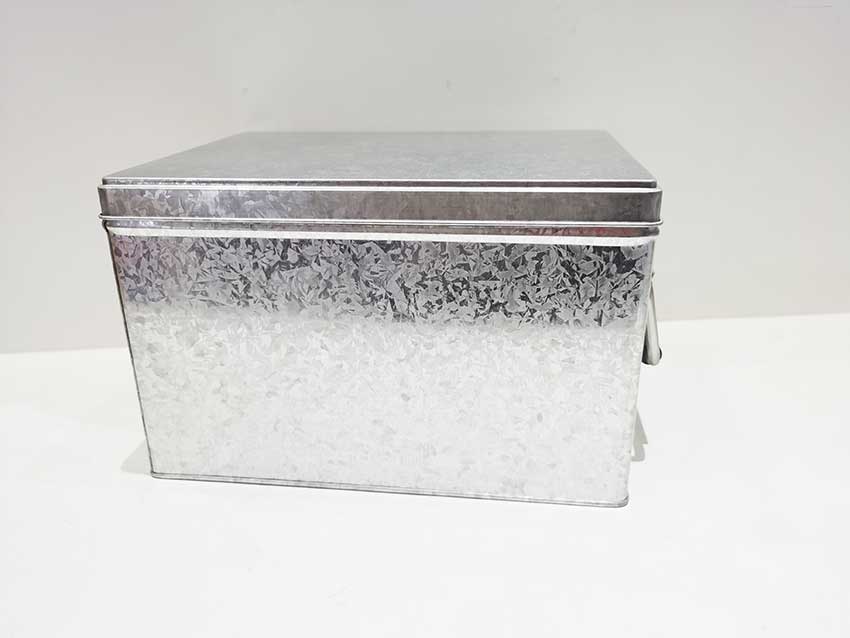
9. The production process of tinplate packaging container is mature
The production of tinplate packaging containers has a long history. The British invented the world’s first tinplate packaging container in 1810; in 1847, the United States invented the can-making machine to replace manual can-making; in the 1990s, can-making technology was acquired Increase the speed of can making. Before 1914, during the development stage of hot-rolled single-plate hot-dip tinplate, its output ranked first in the UK. From 1934 to 1940, electroplated tin plates were produced in the form of coils. The United States occupies a dominant position in the production of tinplate. From 1939 to 1960, the manufacturing process of tinplate packaging containers was developed, and the production of tinned cans in developing countries also began to develop. From 1960 to the present, Japan has become the second largest producer of tinplate packaging containers after the United States. So that the technology is mature and the production efficiency is high, tinplate packaging containers have gradually entered people's lives.
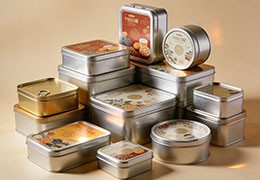
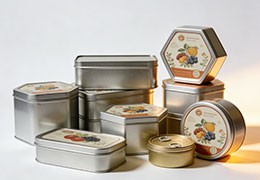
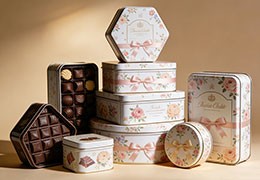
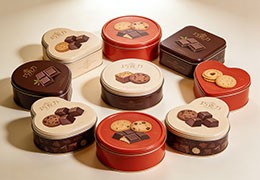
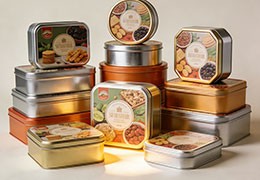
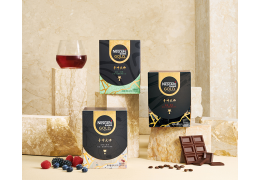
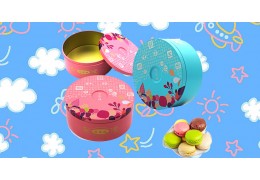
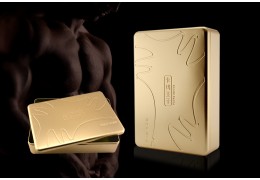
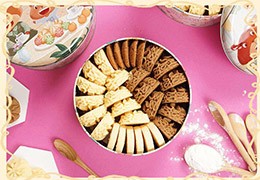
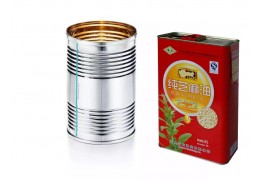

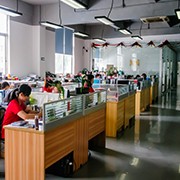

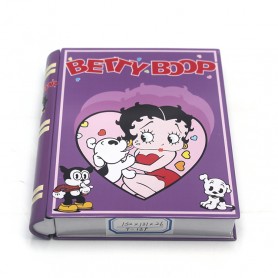
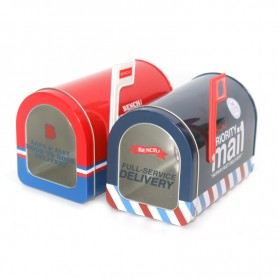
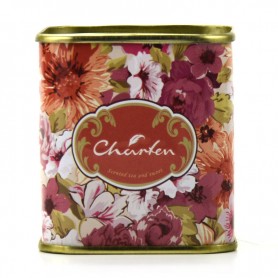
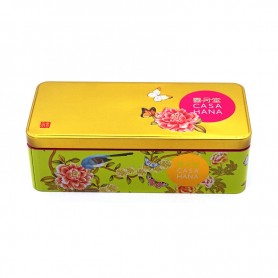

Latest comments